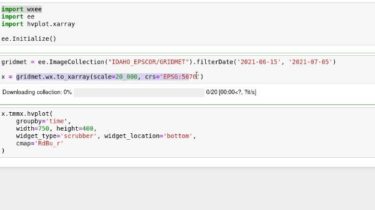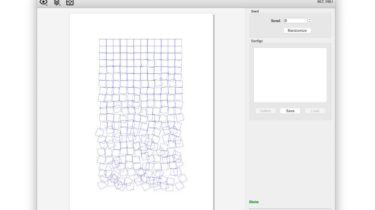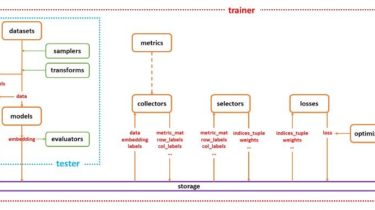Python scripts for performing stereo depth estimation using the HITNET Tensorflow model
GitHub – ibaiGorordo/HITNET-Stereo-Depth-estimation: Python scripts for performing stereo depth estimation using the HITNET Tensorflow model. Python scripts for performing stereo depth estimation using the HITNET Tensorflow model. – GitHub – ibaiGorordo/HITNET-Stereo-Depth-estimation: Python scripts for performing stereo depth estimation…
Read more








